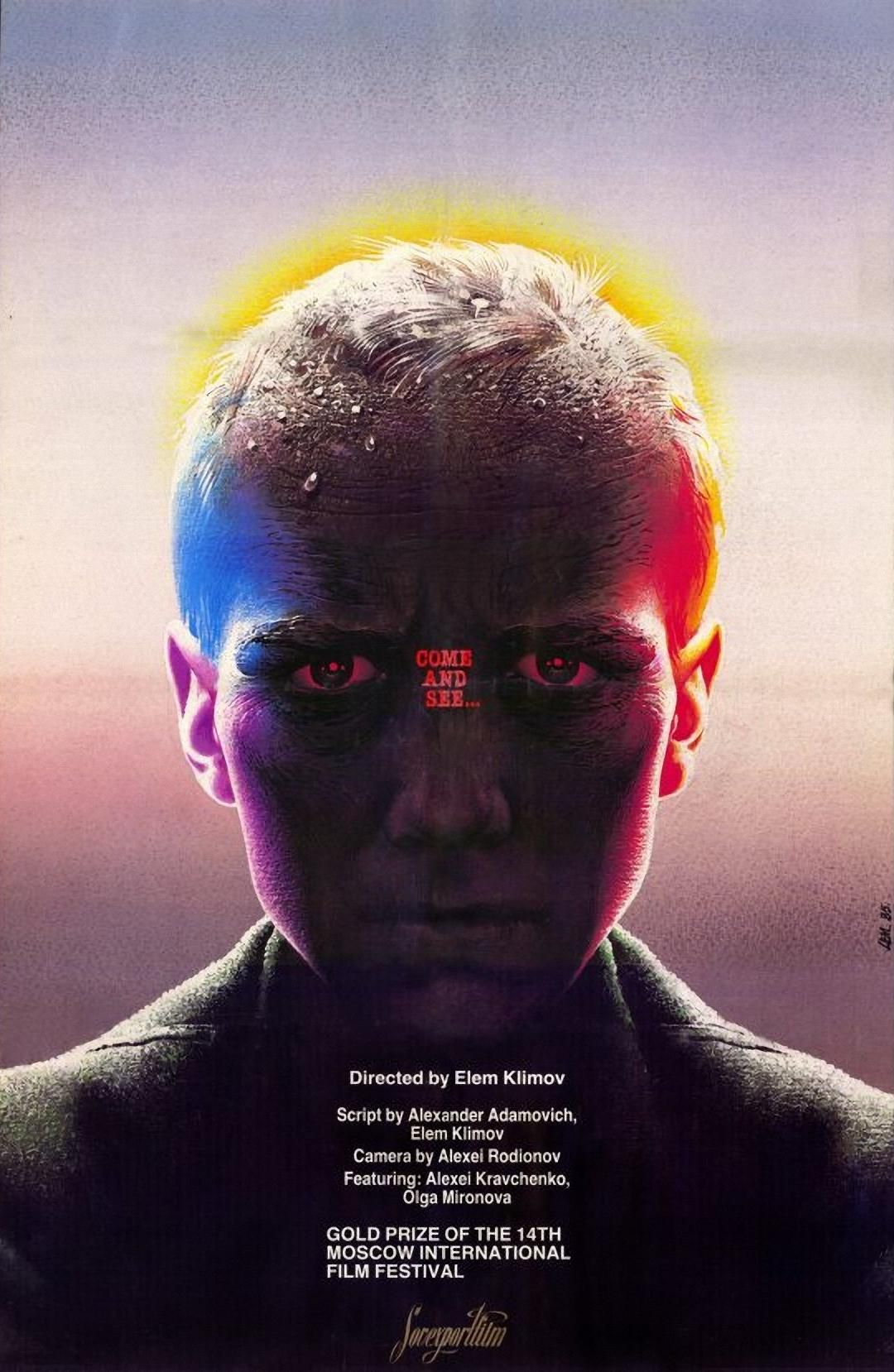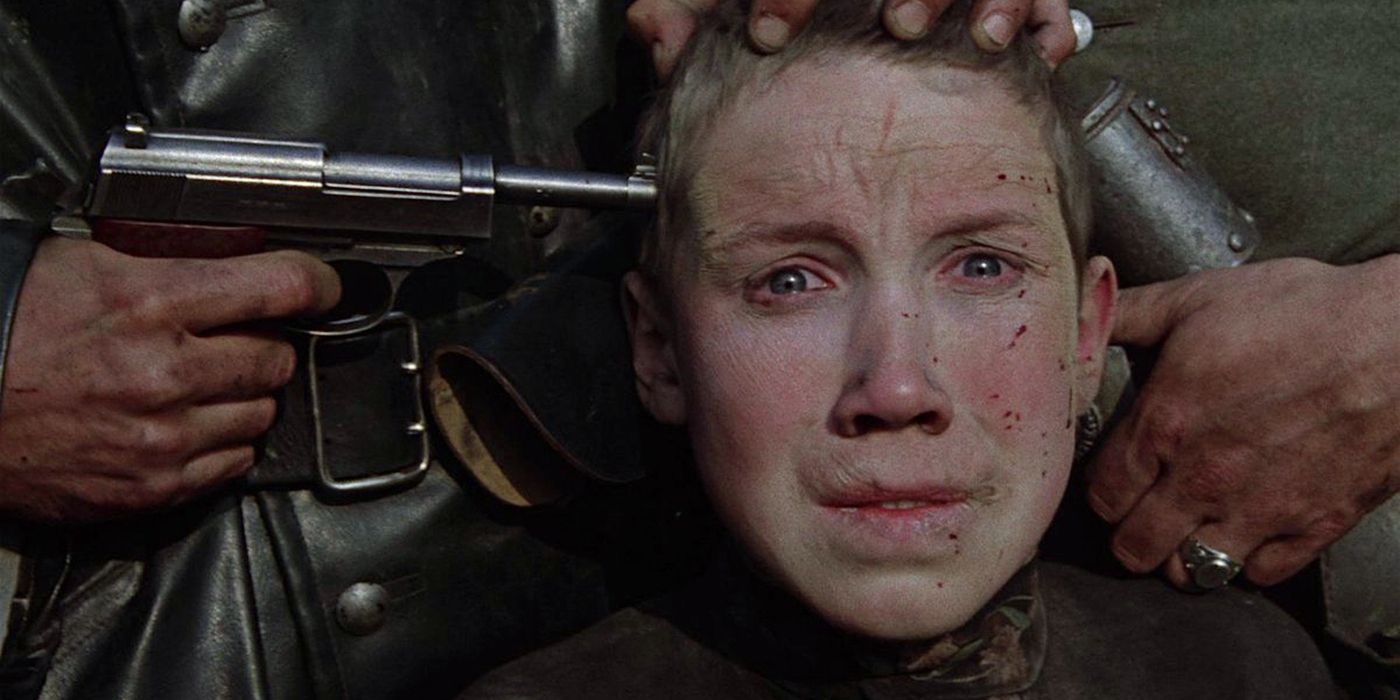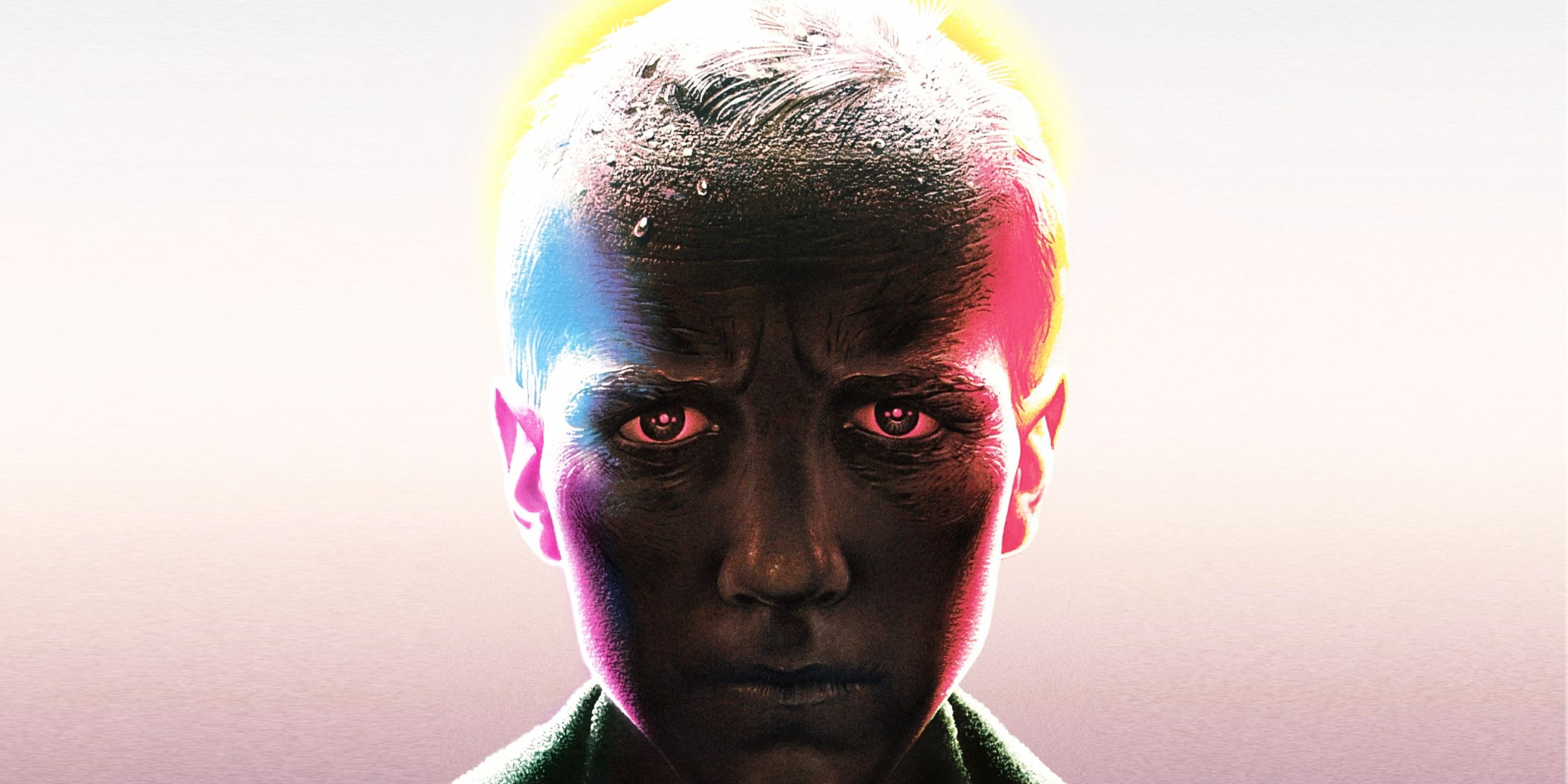The Big Picture
- Director Elem Klimov’s
Come and See
defies genre categorization with its unrelenting portrayal of wartime atrocities. - Personal ties and deep emotions shaped the production of the film, inspiring hauntingly realistic performances.
- The use of surrealism and unique cinematic techniques enhances the anti-war message in this powerful World War II masterpiece.
There are not many films that can rival Elem Klimov’s 1985 World War II masterpiece Come and See in the war or, frankly, horror genre. In fact, it is a film that defies genre categorization. To call it a war movie or a horror movie does not adequately cover how unrelentingly the atrocities are portrayed, or how director Elem Klimov’s vision is uniquely and stylistically realized. This tone and originality is reflected in the film’s production itself, which saw deep personal ties from the filmmakers explored, with both the idea of realism and the actors themselves pushed to their absolute limits.
The film, which follows the journey of young Belarusian Flyora (played unforgettably by Aleksei Kravchenko) as he encounters the impossibly unforgiving violence of the Nazi incursion into Belarus, had an uphill journey to get to its release. Extensive efforts to censor the film had plagued the production for the better part of a decade, but in the writing, filming, and editing stages themselves, the film’s production was appropriately psychologically grueling in a similar vein to the final result itself.

Come And See (1985)
Come and See is a 1985 Soviet war drama directed by Elem Klimov. The film follows a young Belarusian boy named Flyora as he witnesses and experiences the horrors of World War II. Through his eyes, viewers are exposed to the brutal realities of war and its devastating impact on humanity. Renowned for its stark portrayal of violence and suffering, the film is considered a powerful anti-war statement.
- Release Date
- September 3, 1985
- Director
- Elem Klimov
- Runtime
- 142 minutes
How ‘Come and See’ Was Inspired by the Filmmakers’ Experiences
It is very apparent when watching Come and See how personal this story is to the filmmakers, like many films based on the agony of the Second World War (such as Steven Spielberg and Roman Polanski‘s takes on the Holocaust in Schindler’s List and The Pianist, respectively). In this case, Klimov supplemented his own memories of the period with the work of co-writer Ales Adamovich, who authored the book I am From the Fiery Village,which inspired the film. Klimov has clarified that, for his own part, the autobiographical aspects arise more from the emotions he felt growing up in the war atmosphere rather than specific events themselves, stating that he and his friends “felt human suffering” during this period, which clearly informs the tone of Come and See.
However, it was Ales Adamovich’s actual experiences that inspired the specific content of the film. Adamovich, who had been in a position similar to that of Flyora in the film (fighting against the Nazis with the Belarusians) had seen atrocities like the ones portrayed in the film. The collection of accounts from others with similar experiences that motivated Adamovich’s writing became the basis for the film, including some of its most devastating sequences, such as the mass murder in the church towards the film’s climax. The personal connection from the filmmakers is tangible when viewing the film, every second of it dripping with the pain that was witnessed and researched by Klimov and Adamovich.
What Lead Actor Aleksei Kravchenko Was Put Through During the Production
One person whose life was irrevocably changed by the film was Aleksei Kravchenko, who plays the protagonist Flyora and whose face, etched with trauma and pain, is the most enduring and iconic image from the film. Kravchenko had never acted in a film before Come and See, and did not act again for another decade. Due to the film being shot in chronological order, the transformation the viewer witnesses from enthusiastic youth to almost inhuman misery in his expression is achieved from the taxing work that filming a story this grim entailed. Attempts were even made to hypnotize Kravchenko to help him cope with shooting some of the film’s more brutal moments.
Interestingly, in an interview about the film that can be found on YouTube, Kravchenko details parts of the experience, including how Klimov showed him horrifying concentration camp footage that set the tone for the story they were going to tell. While Kravchenko states that by the end of shooting (particularly because of the tougher winter conditions) he wanted to “take this burden off [his] heart,” he also does reminisce on how he appreciated being treated like an adult on the set, which would have encouraged his very mature performance. This context resulted in the central performance of Come and See being one of the most haunting in cinema history.
‘Come and See’ Went to Extreme Lengths to Achieve Realism
The production went to great lengths to create as realistic an atmosphere as possible in order for the film to have the intended devastating impact on the viewer. One of the steps taken includes the use of actual bullets being fired from weapons during gunfire sequences, with live rounds occasionally flying not very far from the actors. The choice to have many of the characters on screen be played by non-professional actors also helps to add an extra level of sickening reality to the horror being experienced by these people.
The film’s use of realism is more nuanced than this, though, and leads to one of the most extraordinarily unique aspects of Come and See. While it takes great care to ensure that these horrors are accurately portrayed in a painful, often hard-to-watch manner, the film consistently dips into a type of surrealism throughout as well. Certain scenes, such as one that sees Flyora and his companion Gasha wading through a bog after discovering the aftermath of a brutal massacre, utilize unnatural sound design specifically to add an elevated layer of unreality to the moment. While inherently less realistic, the almost David Lynch-like sound design adds an element of actual horror filmmaking to the story (the likes of which could be seen in fictional horror films), something not seen in many other films based on a true story.
This serves multiple purposes, one being to convey the level of sheer psychological damage these moments had on the real individuals involved. While it will never be possible to fully convey the effects these moments would have had on the victims of these atrocities, transferring horror film techniques designed to induce fear in a fictional context to a true story is a creative way of getting the viewer’s mind closer to this level of terror. In addition, it serves the purpose of communicating the film’s anti-war message. When asked about why the film “goes from realism to surrealism,” Klimov described the film as “a passionate warning against war,” implying that, by using film techniques to communicate how surreal the brutality of these events can be, it could serve as a stronger message to hopefully deter similar situations in the future.
Ultimately, Come and See’s production being unorthodox and challenging is reflective of the final film itself. It presents the horrors of these war crimes with a realism that is hard to watch, yet uses cinematic techniques not usually seen in this genre to add to their psychological impact. Klimov and Adamovich’s passion to tell this story the right way is readily apparent, and was executed upon by all involved to produce truly one of the most astonishing films of all time.
Come and See is available to rent on Amazon Prime in the U.S.
Source link



